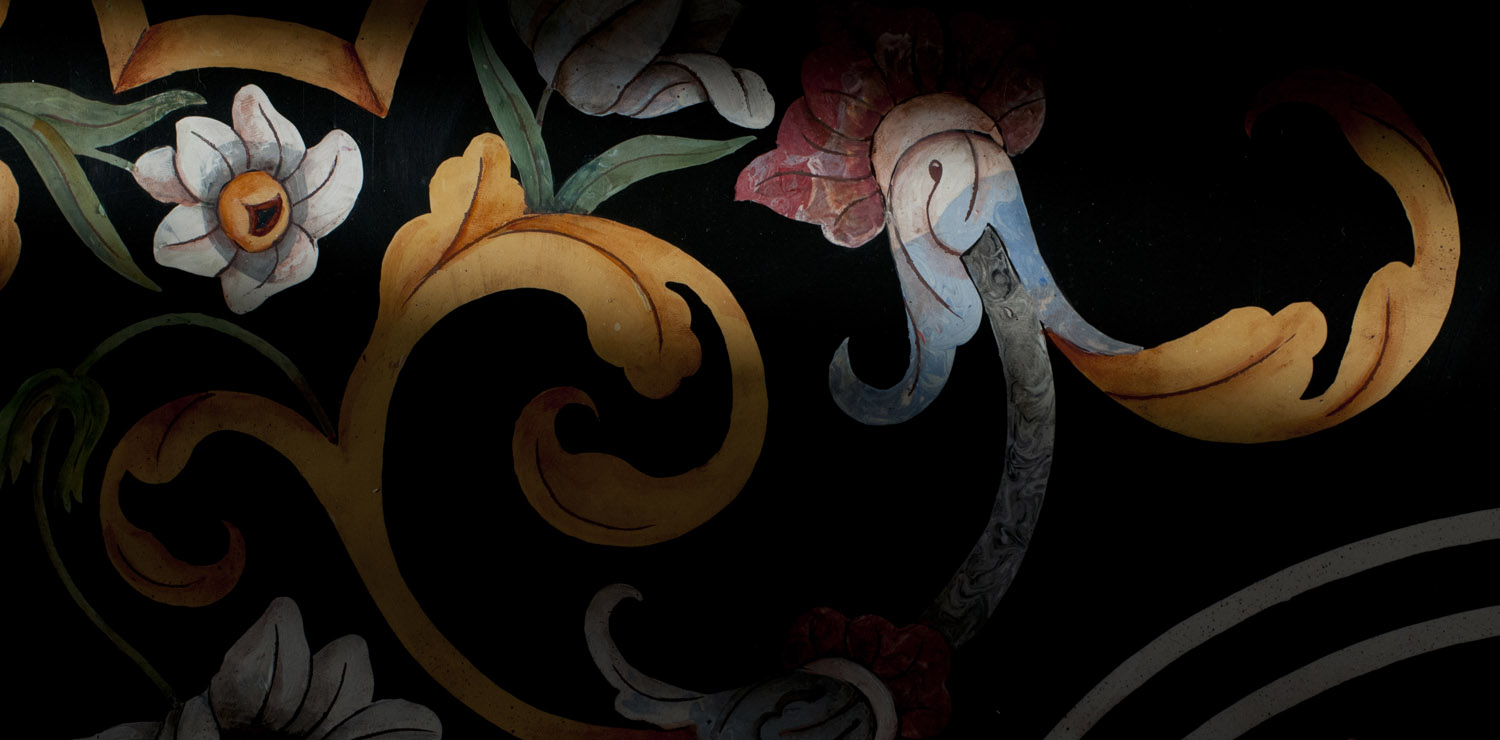Wood, metal, fabrics, glass and mosaics. The best of Florentine artistic crafts
The skill of wood-working, that of assembling little tesserae of mosaic and shaping paper and metal. Also in home decor Florentine craftsmanship is indissolubly bound up with art, which becomes the matrix of a savoir faire that is passed down from one generation to the next.
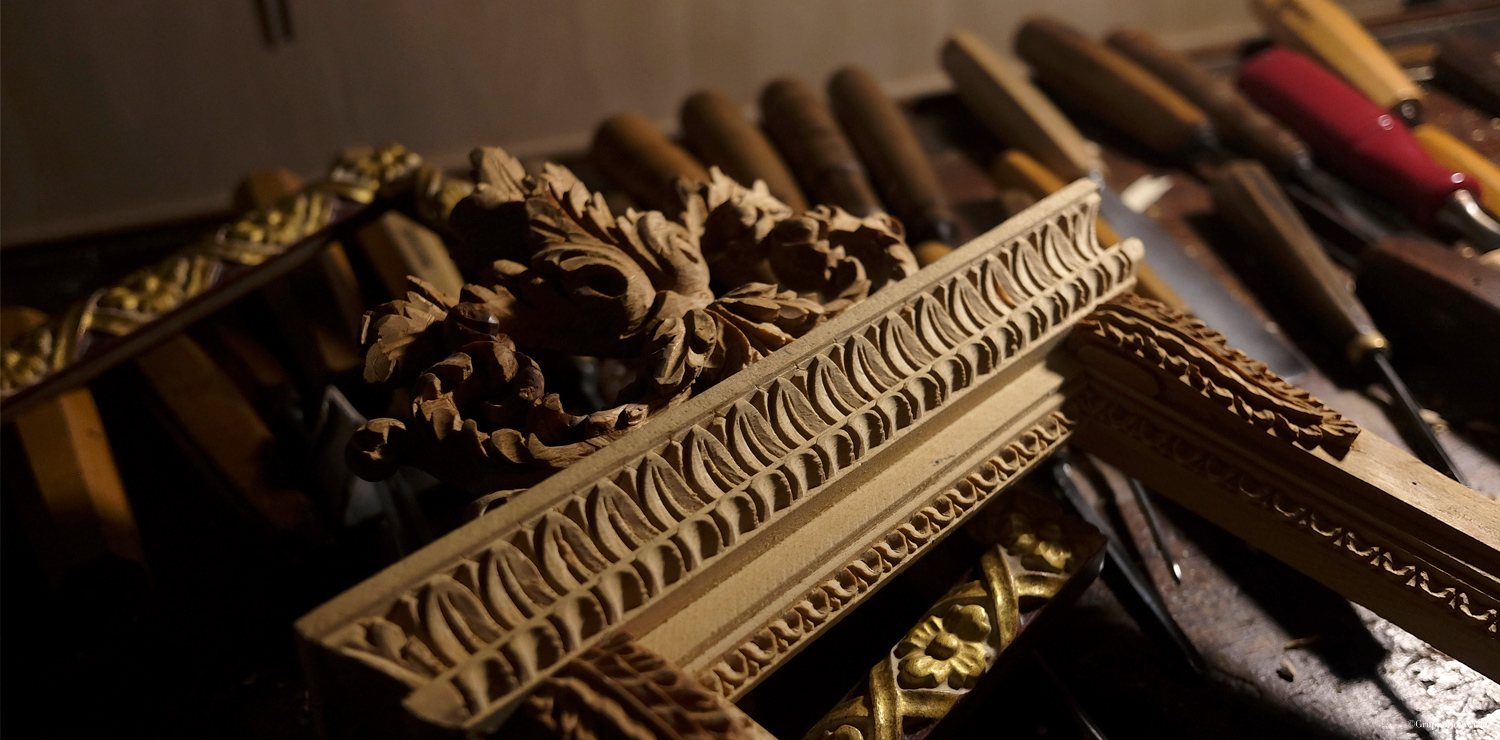 Bottega d’arte Maselli
Bottega d’arte Maselli
Bottega d’arte Maselli
Passed down from father to son, this little workshop was founded in 1955 on the inspiration of Paolo Maselli and continued by his son, Gabriele, who has in turn been joined today by his elder son. It is a flagship of Florentine excellence in the restoration and customized production of artistic frames. Gabriele Maselli is founder of, and lecturer in, the School of Sacred Art, as well as consultant at the Cathedral Museum of Florence for the gilding workshop. He specializes in gouache gilding in pure gold, silvering and meccatura and he has worked with internationally renowned museums as well as important architecture and interior design studios.
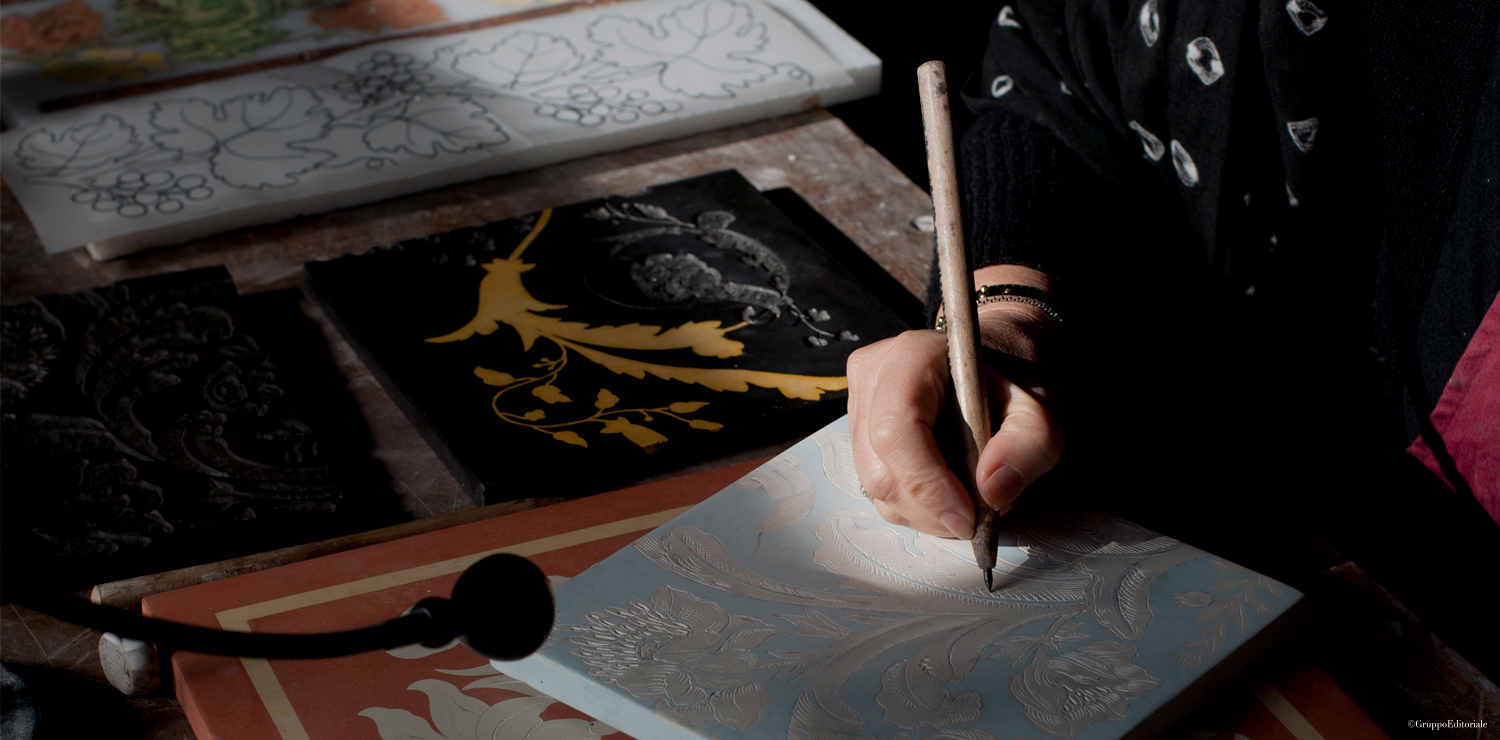 Bianco Bianchi
Bianco Bianchi
Bianco Bianchi
Scagliola is the art of creating intarsia decorations by blending selenite sand with coloured pigments and natural glues. The technique enjoyed immense success starting in the 1600s, and in the late 1940s, it was once again made fashionable by Bianco Bianchi, a Florentine ministry employee. Today, the workshop is led by his children and creates new products, including tables, countertops and small objects, as well as offers restoration services. The space also vaunts a museum, its historic pieces forming the most important collection in existence today. The atelier crafts extraordinary, unique pieces with a classical or contemporary style, many of which grace the most beautiful homes in the world, like the famous table depicting the head of Medusa, the logo of the Versace fashion house.
 Moleria Locchi
Moleria Locchi
Moleria Locchi
In business since the late 1800s, Moleria Locchi is a guarantee of top-quality on the glassmaking scene. Since always committed to the design and creation of items which meet the needs of the most demanding clientele, Moleria Locchi produces and restores tableware and glass and crystal interior design objects. Each item is made by using age-old glass-blowing techniques and decorated through grinding and engraving processes which are strictly performed by hand.
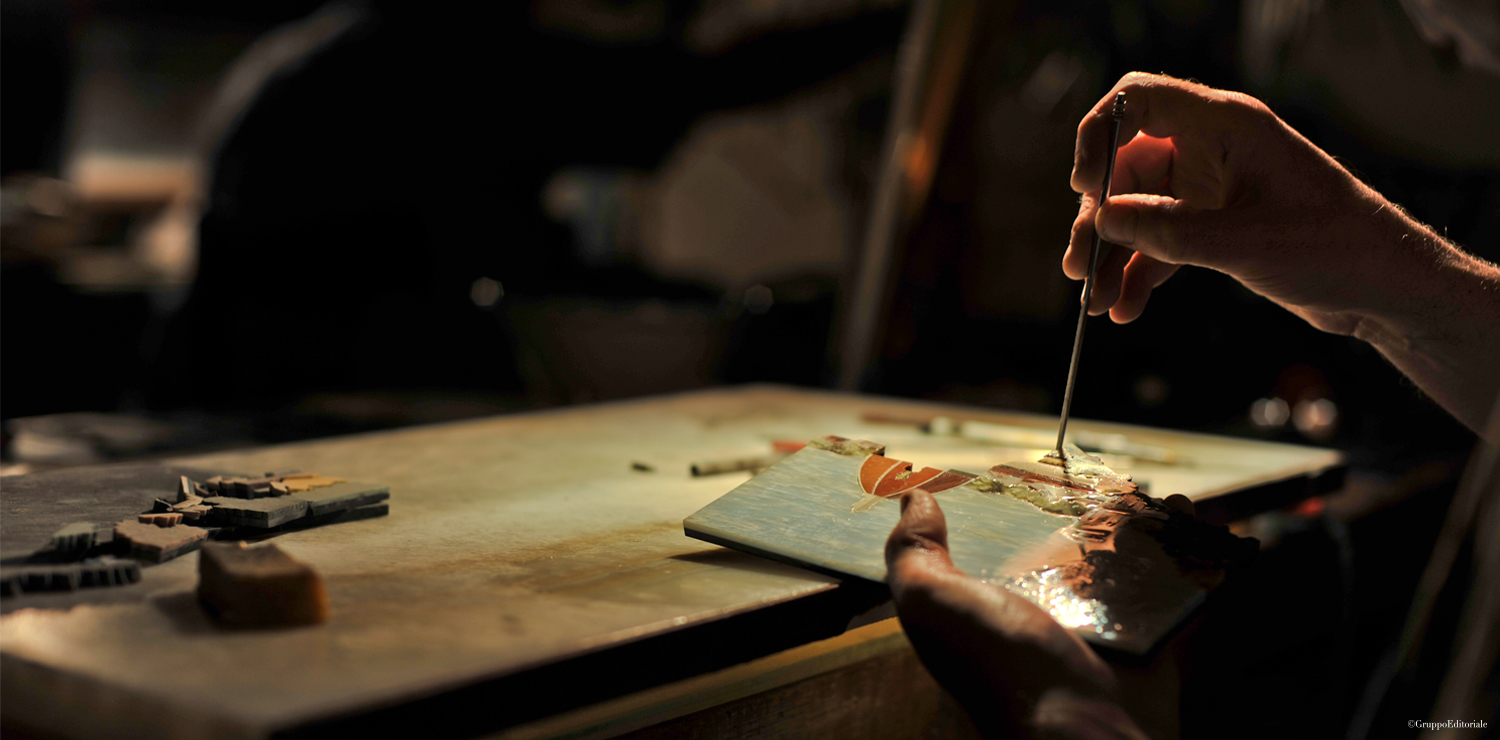 Scarpelli Mosaici
Scarpelli Mosaici
Scarpelli Mosaici
A stone’s throw from the cathedral, Renzo Scarpelli and his son Leonardo keep the centuries-old technique of the Florentine commesso alive, which flourished in 16th-century Florence, carrying out their work under the curious eyes of their visitors. The two masters, amongst the few who still practice this art, personally collect the stones. They retrace the same steps as the Medici-era artisans, transforming the hues and varieties of the stones to craft the most diverse subjects, from a view of the Ponte Vecchio to a vase of spring blooms. These veritable stone paintings convey stunning expressiveness and pictorial delicateness and are used to decorate walls, tables and jewellery pieces.
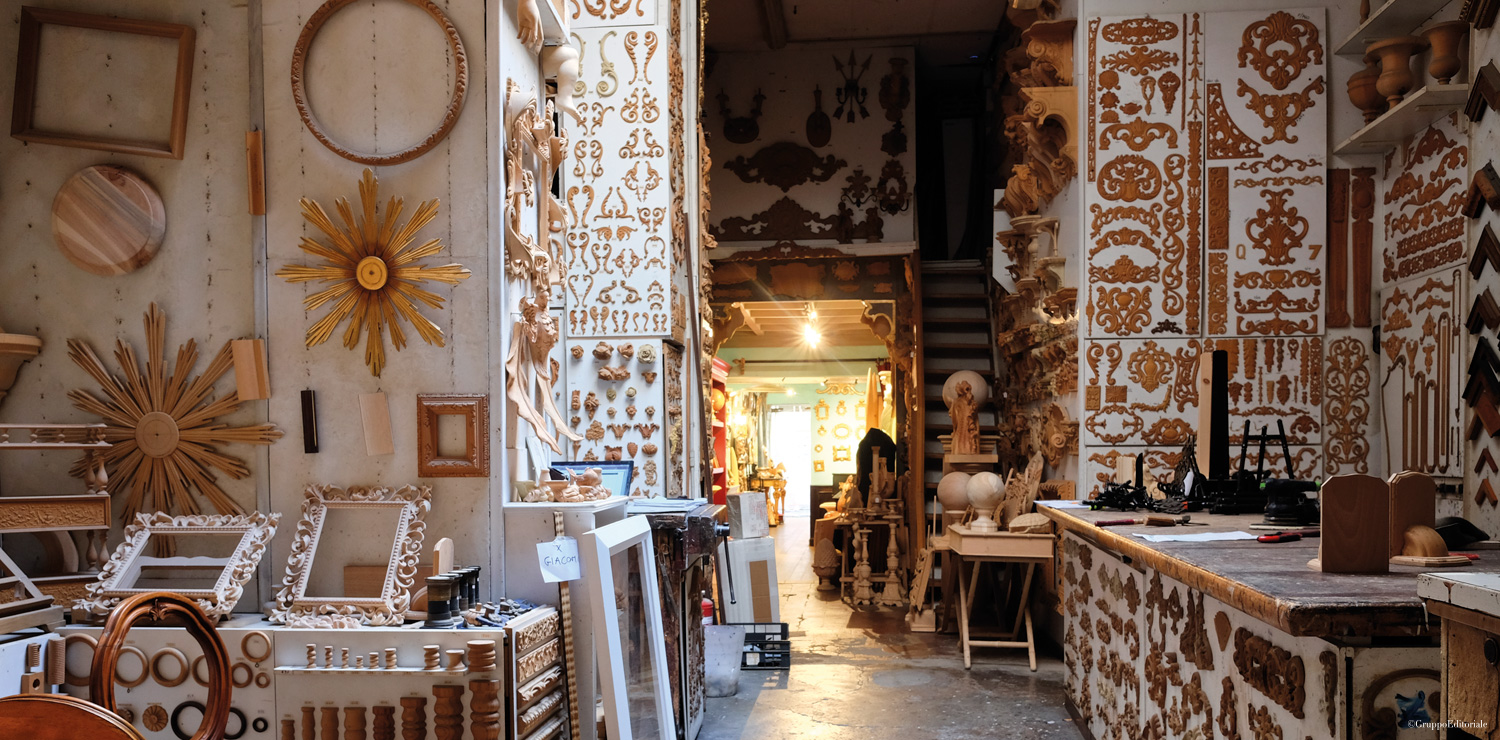 Castorina
Castorina
Castorina
A unique place that’s all about the love of wood: decorations, picture frames, friezes, capitals and furniture that’s been restored or faithfully reproduced according to original models and an old technique. Marco Castorina, the current owner of the store of the same name, comes from a family of wood restorers and engravers who’s been handing down the craft since 1895. His shop is a treasure chest of expertise when time feels like it’s stood still.
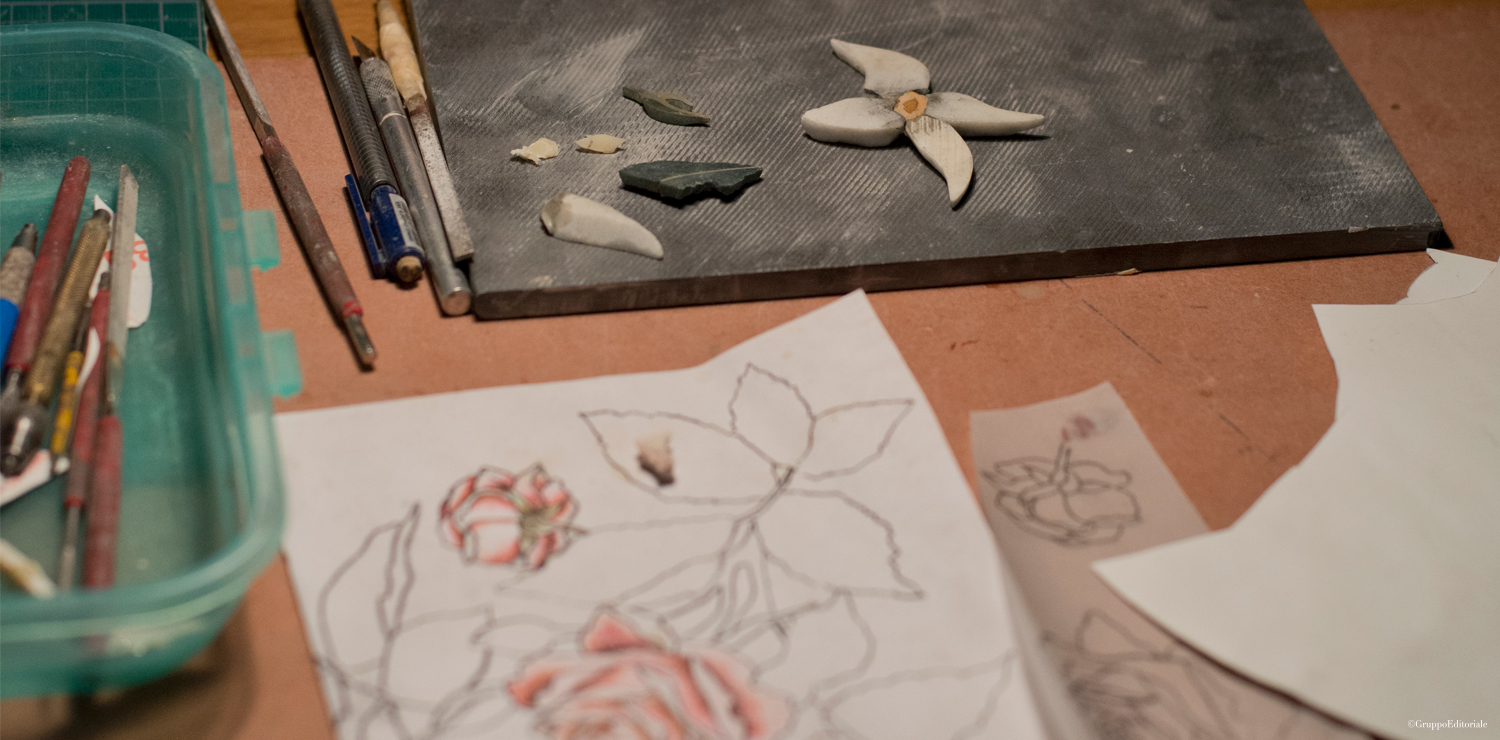 Fratelli Traversari
Fratelli Traversari
Fratelli Traversari
Specializing in glass mosaic and micro-mosaic since the end of the nineteenth century, the Fratelli Traversari company’s history boasts collaborations with the most prestigious clients and the creation of unique, one-off pieces. Thanks to meticulous research into materials, evolving year by year, and artisan expertise, Traversari pieces are veritable works of art, executed with three different techniques: Florentine commesso mosaic in hard stones, micro-mosaic in spun enamel glass and mosaic in cut enamel glass. Over the years the company has also specialized in mosaic restoration. The production of bijoux and small jewelry items, however, has more ancient origins – it started at the end of the nineteenth century, was refined over the twentieth century and continues today, distinguished, of course, by the very same elegance.
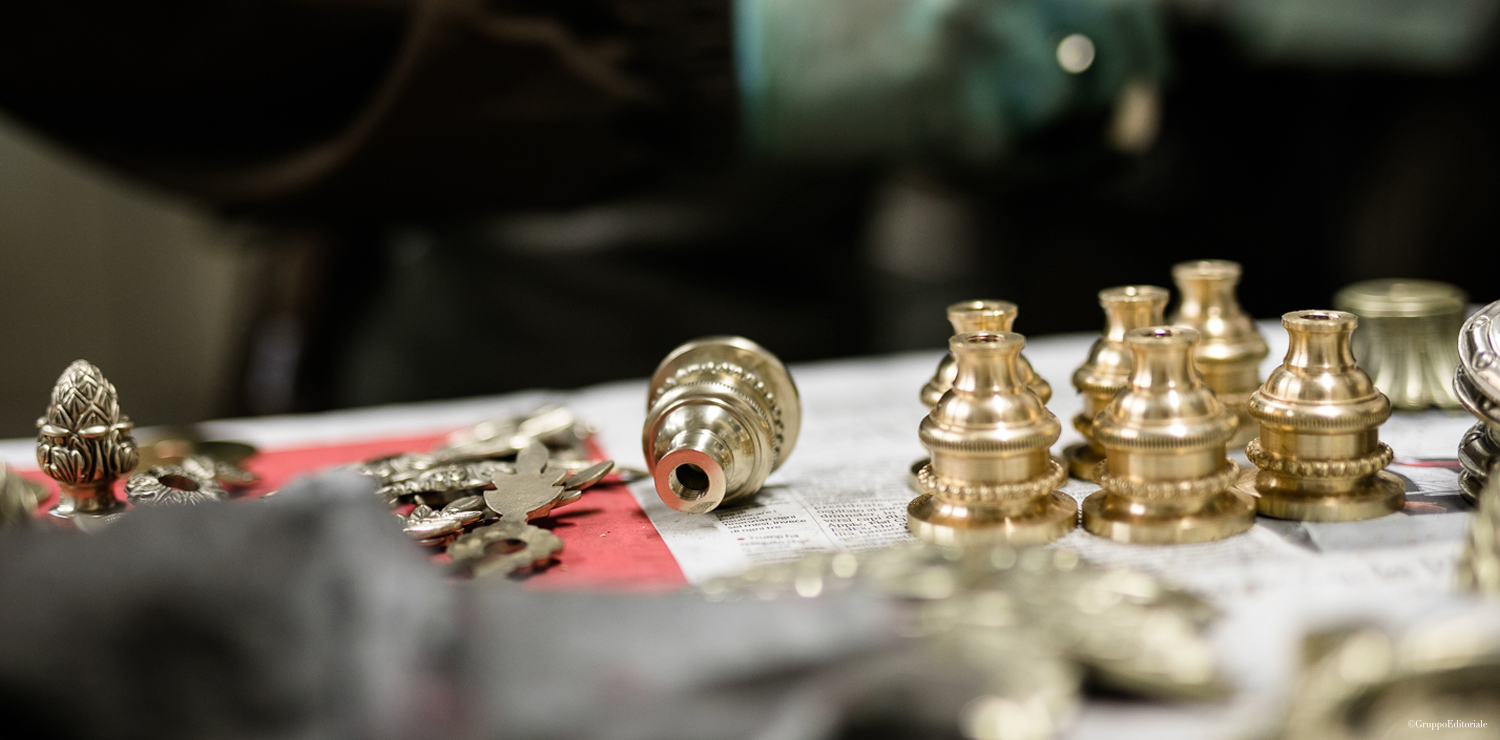 Il Bronzetto
Il Bronzetto
Il Bronzetto
Simone and Pierfrancesco Calcinai, together with their cousin Michelangelo, are the heirs to an entire generation of Florentine bronze craftsmen. Three creative artisans whose exploratory design is based on a skilful use of materials, chiefly bronze and brass, deriving from the experience that is so essential for combining artisan expertise with innovative design. Apart from their various lines, which range from artefacts in antique vein to more contemporary pieces, the workshop also produces one-off customized items. The laboratory is in Via Senese, while the showroom in Via Romana, in the heart of the Oltrarno artisan quarter.
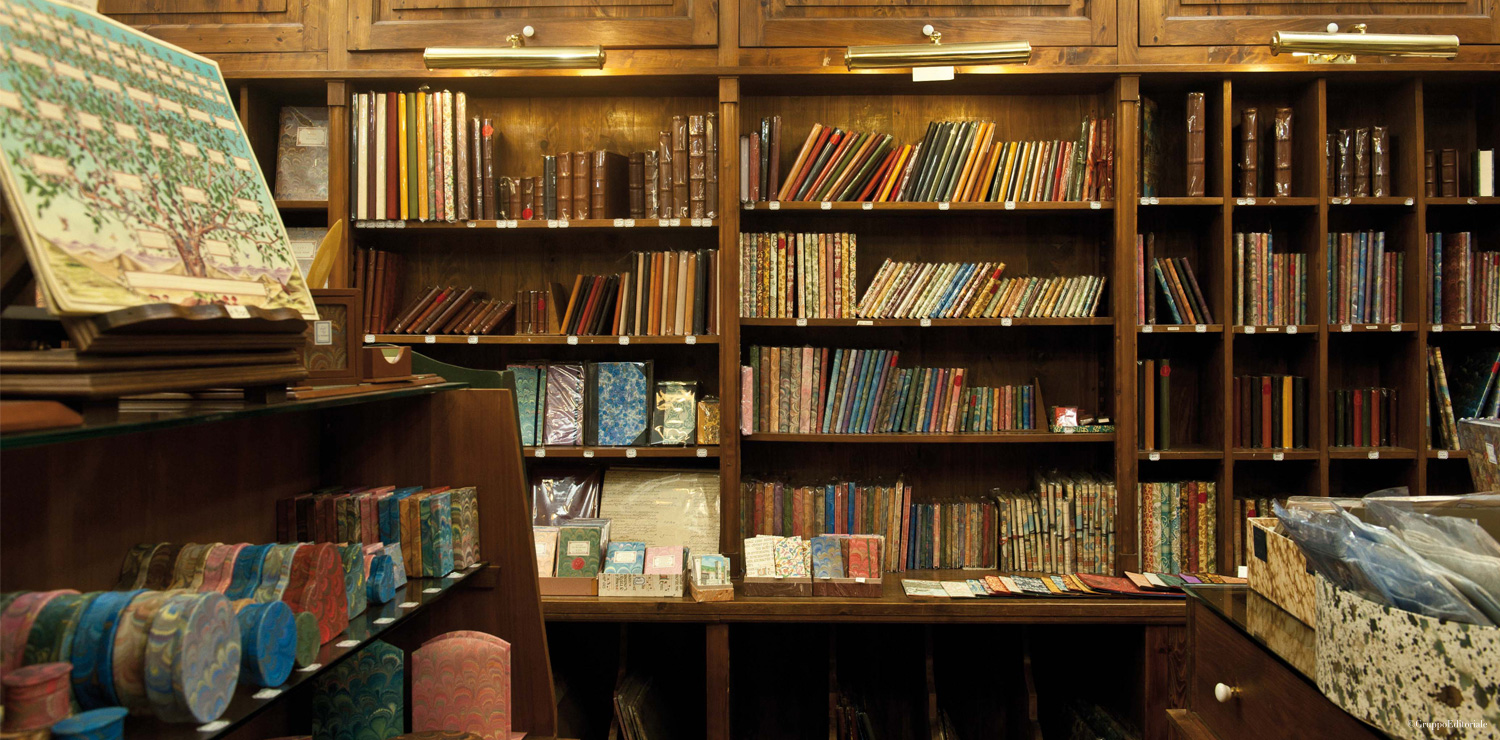 Il Papiro
Il Papiro
Il Papiro
Il Papiro vanta un importante primato: quello di aver riproposto, unica in Italia, oggetti di carta - agende, quaderni, cornici, carta da lettere, biglietti da visita - fatti a mano e che utilizzano tecniche antiche e quasi scomparse. Questa scelta nasce dalla sensibilità dei due proprietari, Francesco Giannini e Gianni Parenti, profondi amanti e conoscitori della tradizione artigianale fiorentina e consapevoli che un prodotto con queste caratteristiche di unicità e artigianalità è assolutamente unico. Dal 1976, data dell’apertura del negozio di Firenze, l’azienda ha avuto una crescita costante anche oltre i confini toscani, tanto da diventare un vero e proprio brand riconosciuto a livello internazionale, che mantiene intatta la sua origine artigiana.
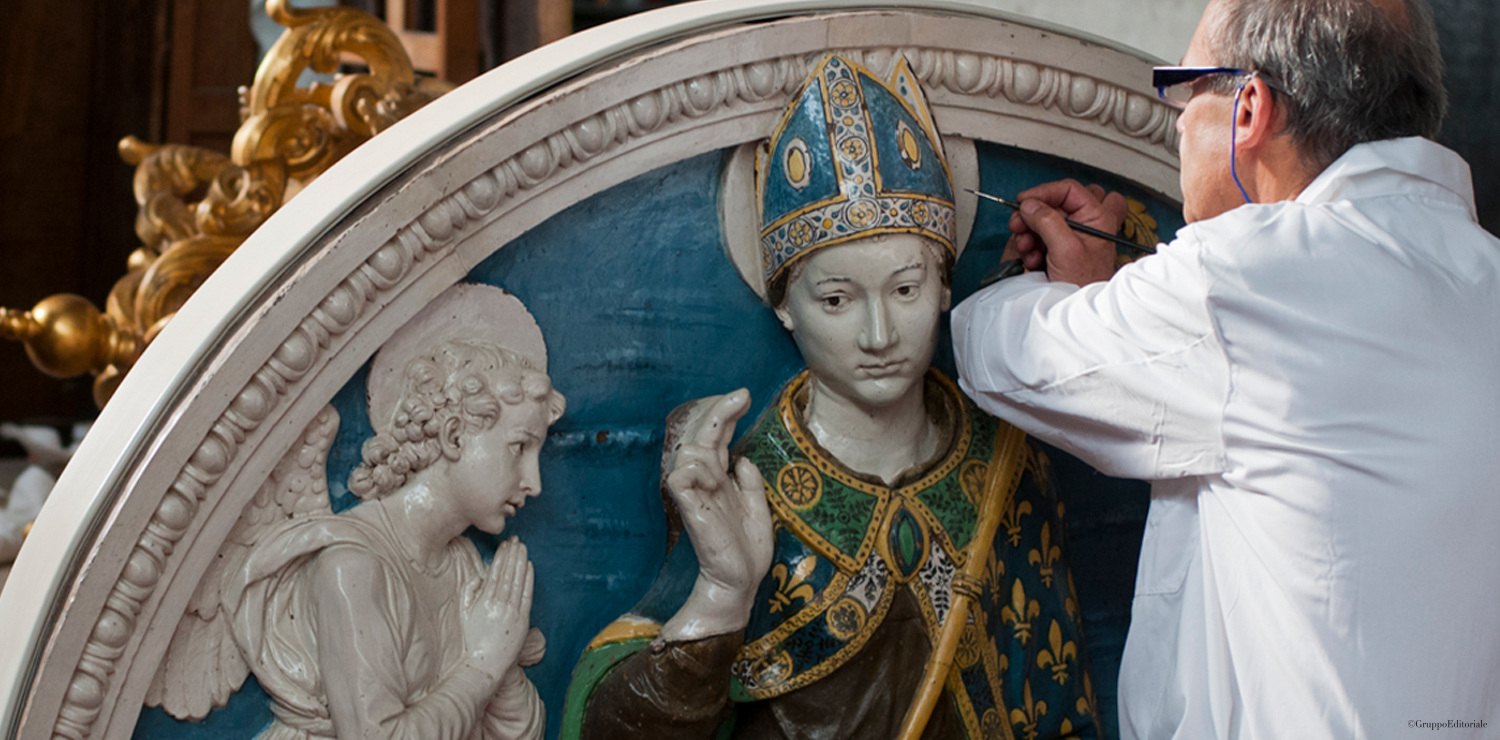 Fedeli Restauri
Fedeli Restauri
Fedeli Restauri
Fedeli Restauri have been involved in the conservation and restoration of important architectural, artistic and sculptural works since 1899, as well as carrying out consultancy and technical planning activities. The laboratory extends over a surface of around 2,000 sq. m. and is divided into specialized sections equipped with appropriate machinery for each kind of work. The atelier also designs and produces furniture and fittings in both modern and antique styles, employing traditional techniques passed down from generation to generation, such as marquetry, intaglio and gilding.
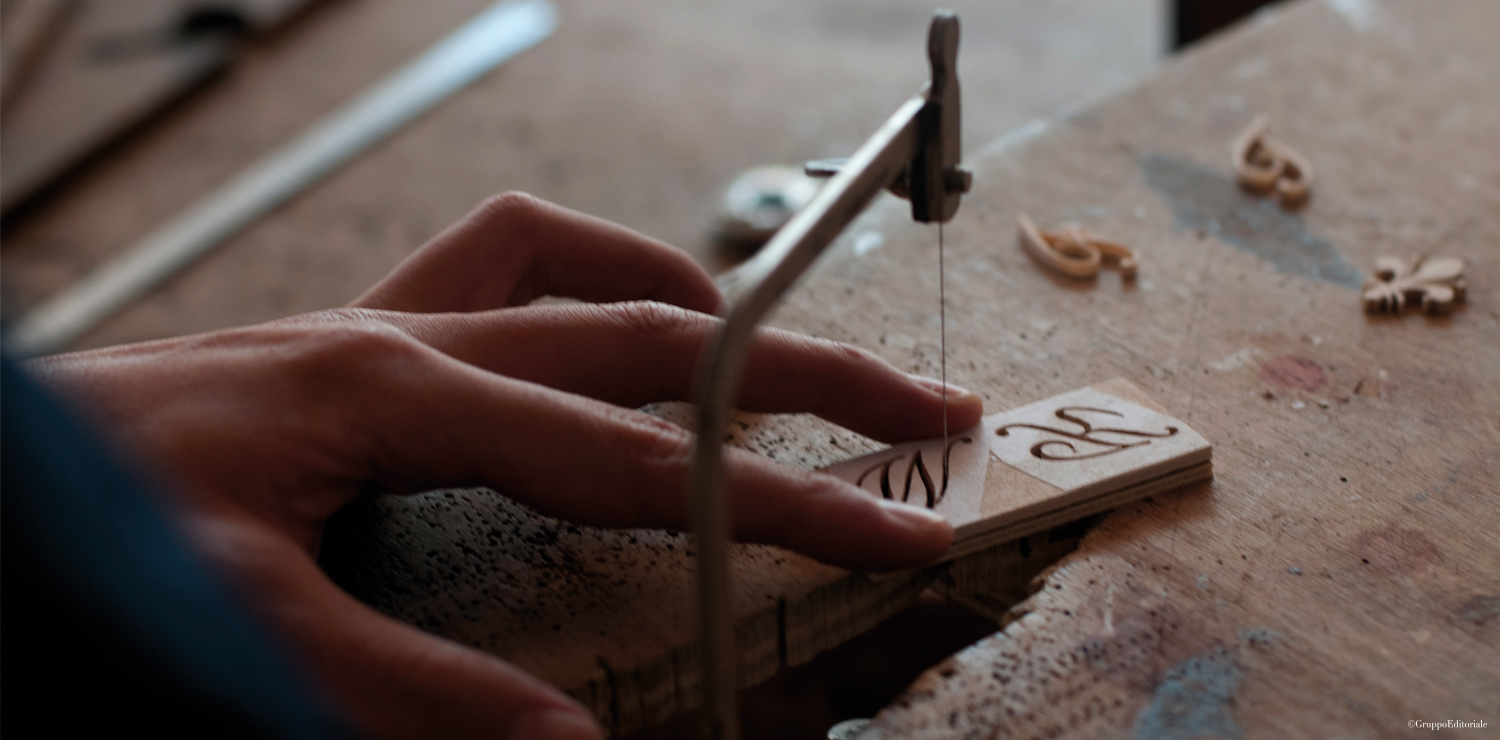 Zouganista
Zouganista
Zouganista
In 2007 Takafumi Mochizuki left the Land of the Rising Sun to move to Florence. After studying furniture restoration for some years he opened his own workshop, becoming the “Zouganista”, from “zougan”, marquetry in Japanese. Because this is his greatest passion: leaving his mark on the wood, creating decorative objects with attractive lines, with curvilinear incisions and inlays worked on the most diverse items, like shoe lasts, hat blocks and coat-hangers. Works in which millenniaold Nipponic philosophies – like Kintsugi, the technique of gilding over cracks – coexist harmoniously with Italian art.
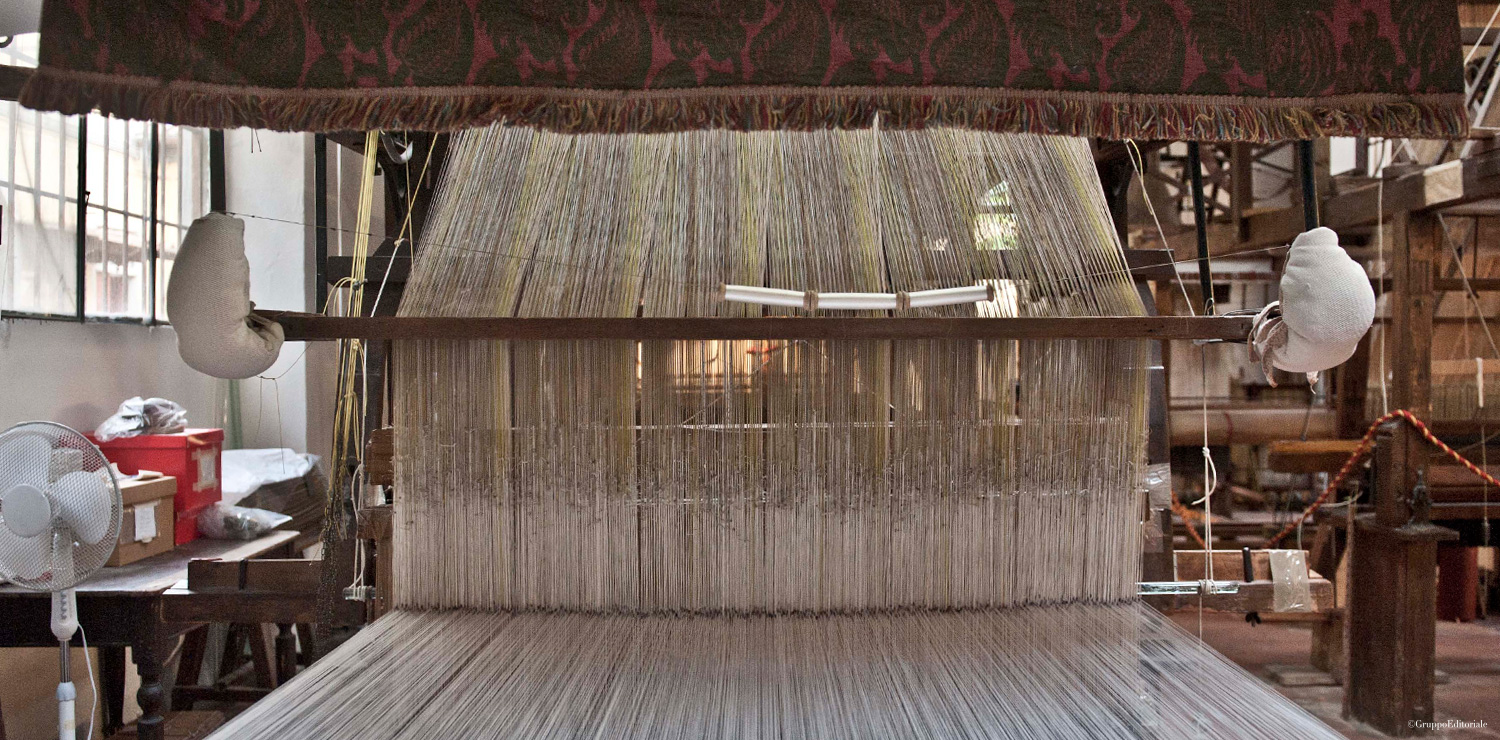 Antico Setificio Fiorentino
Antico Setificio Fiorentino
Antico Setificio Fiorentino
Old looms dating to 1786, when Antico Setificio Fiorentino started to weave made-to-measure textiles in the heart of San Frediano, using old looms that lend timeless charm to the fabrics. Countless ranges are crafted here, each characterized by their own fine elements: Broccatelli is a fabric made on 18thcentury handlooms and often weaved in silk and linen. Le Roy, a striped fabric famous for its lavishness, takes its name from the fact that it was once produced for the King of France, while the Saia Fiorentina is made on a semi-mechanic loom from the mid-19th century and is woven in pure silk or mixed with linen. Antico Setificio Fiorentino, owned by the Ricci family, also makes furnishings for the home and the yacht. Also personalized.






